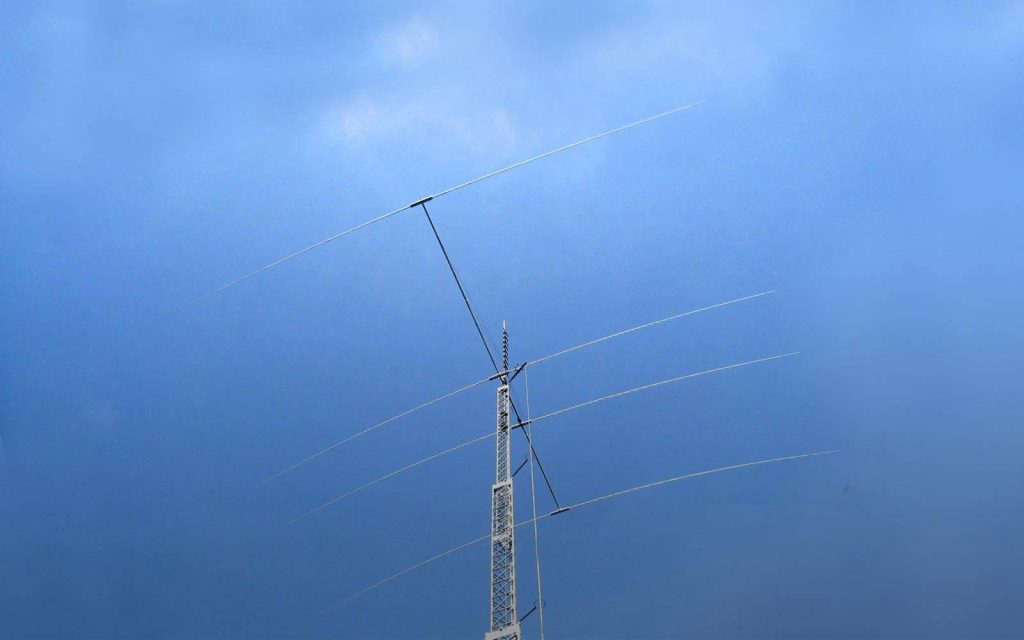Net control procedures are like the traffic rules of ham radio nets, ensuring smooth communication and preventing chaos. Here are two main types:
1. Directed Net:
- This is a controlled conversation, where only one station can transmit at a time but must first request permission from the net control (NCS) to speak.
- The NCS keeps track of who wants to talk and grants permission in a specific order, often based on priority or check-in order.
- This method is ideal for emergency nets, where clear and efficient communication is crucial.
2. Free Net:
- This is more open and informal, during which stations can talk directly to each other without needing permission from the NCS.
- The NCS acts as a moderator, ensuring everyone gets a chance to speak and preventing interruptions.
- This method is popular for social nets, where the focus is on casual conversation and building relationships.
Beyond the Basics:
These are just the two main types, and there are many variations and nuances depending on the specific net. Some additional procedures you might encounter include:
- Check-ins: Stations report their call sign, location, and signal strength to the NCS.
- Traffic Handling: The NCS relays messages between stations within the net or to external destinations.
- Net Breaks: Short breaks are taken periodically to allow stations to adjust frequencies or equipment.
- Net Closures: The NCS formally ends the net and releases the frequency for general use.

Types of Nets
These are varied and tied to a specific purpose. This is done to cater for the different interests and thus play a role in ensuring a vibrant Ham community. They include:
1. Scheduled Nets: These nets meet regularly at specific times and frequencies, fostering camaraderie and discussion on various topics.
- Club Nets: Connect members of local ham radio clubs by sharing news, tips, and upcoming events.
- Special Interest Nets: Focus on specific topics like DX (long-distance communication), CW (Morse code), or vintage radio equipment.
- Traffic Nets: Dedicated to relaying messages for radio amateurs and other organisations.
2. Emergency Nets: These nets provide communication during disasters or other emergencies and typically use directed net procedures for maximum efficiency.
- ARES (Amateur Radio Emergency Service): Provides communication support for local emergency response agencies. (United States)
- RACES (Radio Amateur Civil Emergency Service): Works directly with government agencies during emergencies. (United States)
- SkyWarn: Ham radio operators trained to collect and report weather data to the National Weather Service. (United States)
3. Informal Nets/Social Nets: Offer a more relaxed setting for casual conversation and social interaction and are used to build relationships among ham radio operators.
- Roundtables: Open forums where stations take turns chatting about anything and everything.
- Ragchews: Informal discussions on various topics, often lighthearted and humorous.
As a rule, proper etiquette and procedures are essential for a successful net. By understanding and practicing good net control, you can contribute to a positive and productive communication experience for everyone involved.